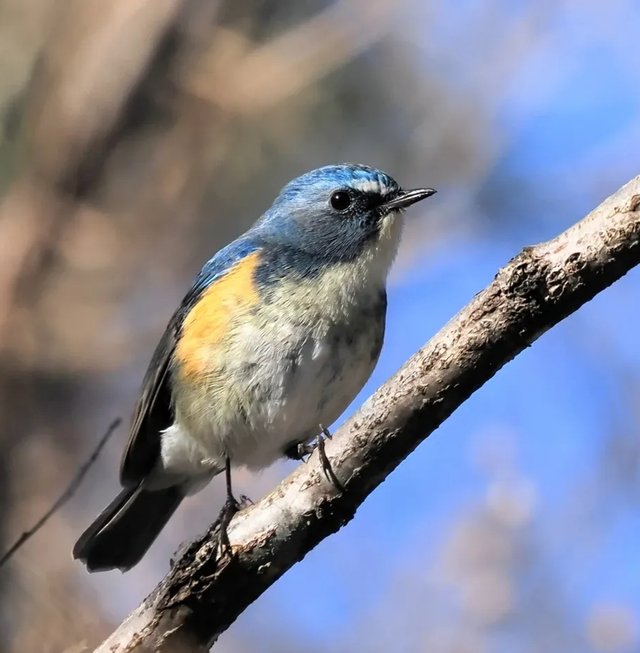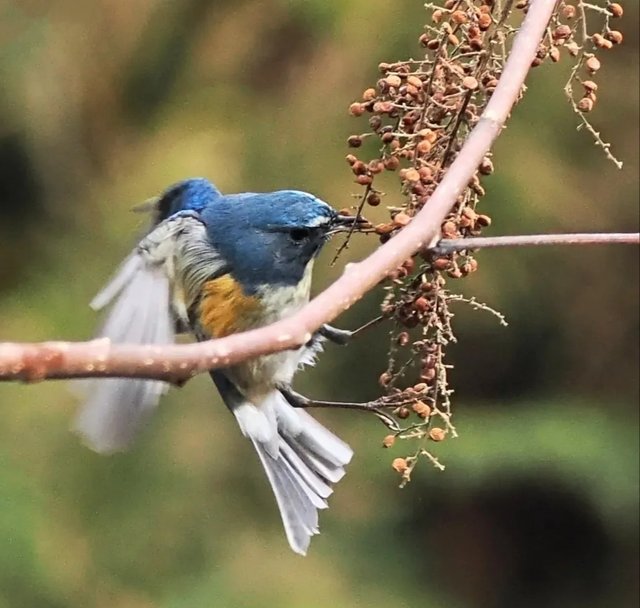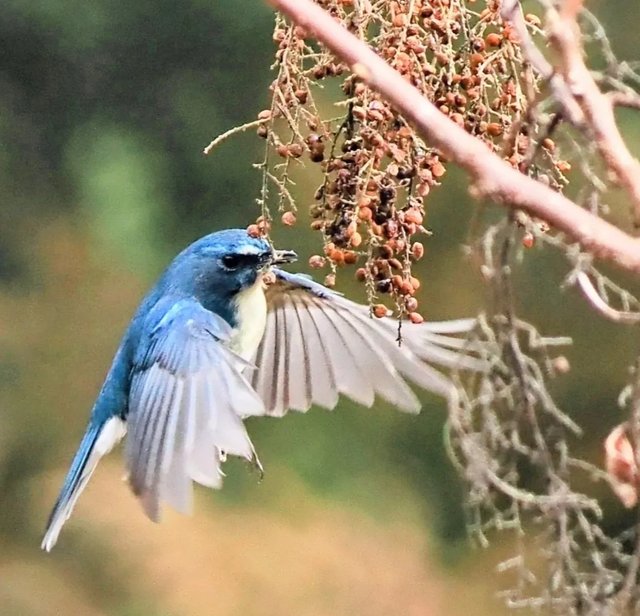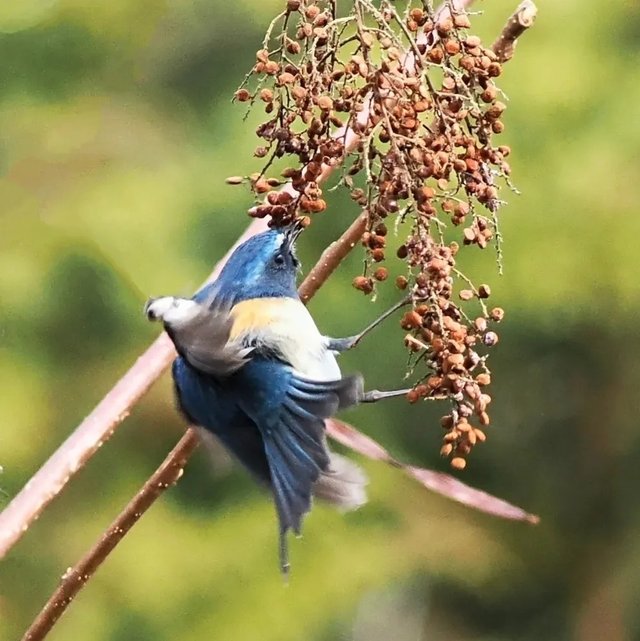The Red-flanked Bluetail is a stunningly beautiful and elusive small bird that belongs to the Muscicapidae family, commonly referred to as Old World flycatchers. This species is highly admired by birdwatchers for its striking plumage and its secretive nature. Found across Eurasia, from Scandinavia to Japan, the Red-flanked Bluetail is a fascinating subject for ornithologists and birding enthusiasts alike.
Identification and Appearance
The Red-flanked Bluetail is a small passerine, measuring about 13–14 cm in length with a wingspan of 20–24 cm. It is named for the distinct orange-red patches on its flanks, but its most notable feature is the vibrant blue coloration on the tail and rump, especially in males.
Plumage Differences:Males: During the breeding season, males have a bright ultramarine-blue back, head, and tail, with a contrasting white belly and orange flanks. Their striking blue hues make them easy to identify.
Females & Juveniles: Often called “red-flanked bush-robins,” females and young birds are more subdued in color, sporting brownish-olive upperparts, buff underparts, and only a hint of blue on the tail. However, they still exhibit the signature reddish-orange patches on the flanks.
Habitat and Distribution
The Red-flanked Bluetail primarily inhabits boreal forests and taiga regions of northern Eurasia. During the breeding season, it is found in Russia, Finland, Siberia, Mongolia, China, and Japan, preferring dense coniferous forests, especially those with undergrowth. As a migratory species, it winters in southern and eastern Asia, including China, Taiwan, South Korea, and Southeast Asia.
Occasionally, individuals stray far beyond their usual range, appearing as rare vagrants in Western Europe, Britain, and even North America. These rare sightings generate excitement among birders.
Behavior and Diet The Red-flanked Bluetail is a shy and secretive bird, often staying hidden in dense shrubs and forest undergrowth. It is known for its habit of perching quietly before making quick, darting movements to catch prey.
Diet:This species is primarily insectivorous, feeding on a variety of insects and other small invertebrates. However, during the winter months, it may also consume berries and seeds when insects are scarce.
Song and Calls:The Red-flanked Bluetail has a soft, high-pitched song, which is often described as a melodious mix of short, sweet whistles. It also produces sharp "tick" or "tseet" calls, especially when alarmed.
Breeding and Nesting
Breeding occurs in the summer months, mainly from May to July, in the bird’s northern range. The species prefers to nest in dense undergrowth, often choosing well-hidden spots near the ground in tree roots, rock crevices, or thick bushes.




| Device | cannon eos 700D |
|---|---|
| Lens | 55-250 zoom leans |
| Location | Bangladesh |
